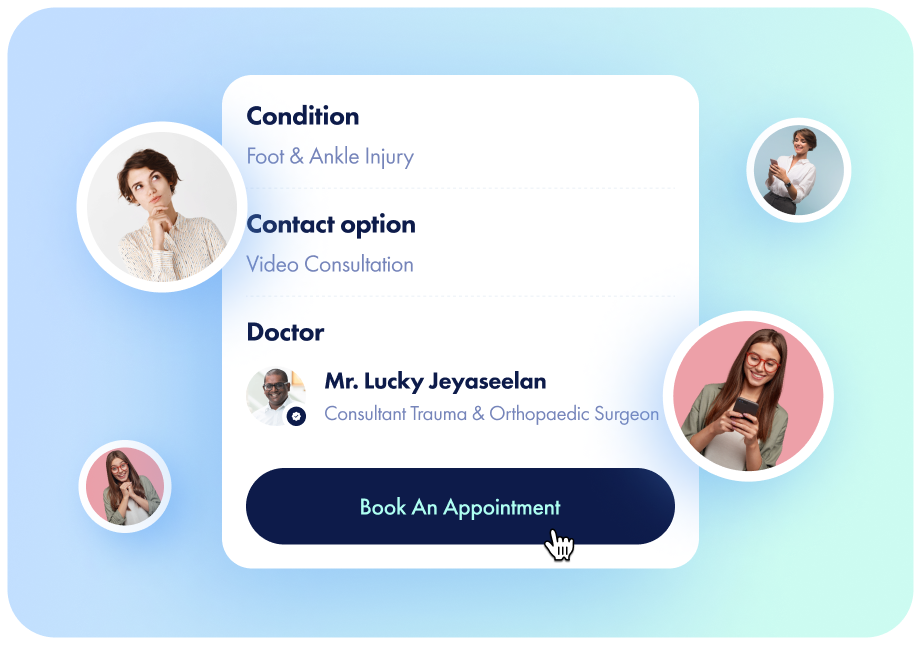During the physical examination, your doctor will assess your groin and surrounding areas, including your back, hip, and legs. Expect to be asked to perform certain movements or hold specific positions to pinpoint what triggers your discomfort.
Imaging tests might be recommended, too. These could include a computed tomography (CT) scan, magnetic resonance imaging (MRI), ultrasound, or X-ray.





















